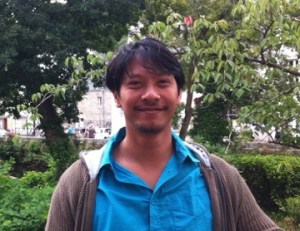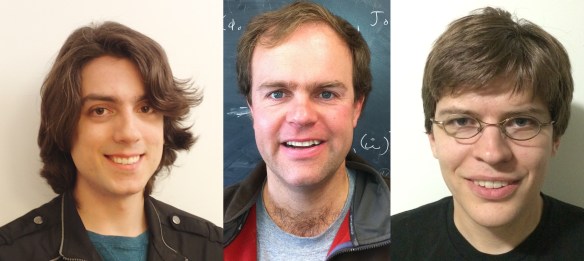
Jelle Hartong is a postdoctoral researcher at the Université Libre de Bruxelles. His research concerns the foundations and applications of various non-AdS holographies and non-relativistic gravity.
Non-relativistic field theories defined on Newton-Cartan Geometry and its extension called Torsional Newton-Cartan Geometry, have (re-)appeared in recent studies of non-AdS holography and condensed matter physics.
Relativistic, Poincaré invariant, field theories are defined on Minkowski space-time. This flat background can be turned into a curved geometry by coupling the theory to a Lorentzian metric as one does when adding matter to Einstein’s theory of gravity. There are many areas of physics, notably Continue reading










You must be logged in to post a comment.